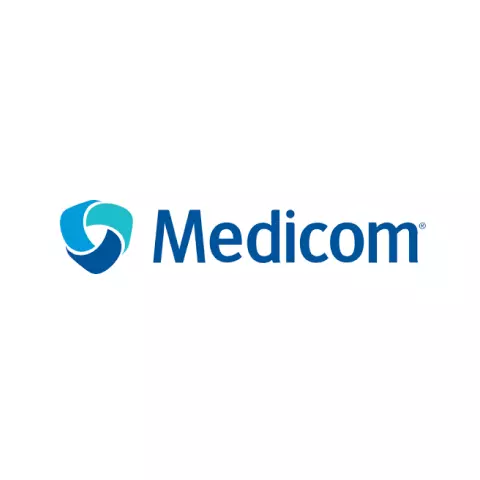WeeSafe Weepro Labo Sterile Coverall Integral Type 5/6, White
4.5 / 5
Medicom
visit storeProduct description
This sterile protective garment offers comprehensive protection in controlled environments, featuring MICROMIUM® lightweight material technology and gamma irradiation sterilization. Designed for chemical protection Types 5 and 6, it meets Category 1 cleanliness standards according to IEST-RP-CC003.4 and is compatible with ISO 4 environments. The suit combines superior contamination control with ergonomic comfort features for professional use.
Product Features:
- Double fully sealed packaging for sterility assurance
- Adhesive flap covering zip for enhanced protection
- Integrated overshoe with non-slip sole
- Wide and comfortable thumb loops
- Bound seams with tunnelled elastics
Technical Details:
- MICROMIUM® lightweight material with very low contamination
- Gamma irradiation sterilization
- Elasticated cuffs, ankles, and waist
- Category 1 cleanliness assessment (IEST-RP-CC003.4)
Standards:
- EU Regulation 2016/425 compliant
- PPE Category III certified
- CE marked
- ISO 4 compatible
- Chemical Resistance
- Water Resistance
- Medical Protection
Request a free sample
Test first and buy later. Visit any product page to request your free sample.
Standards and labels
Medicom delivery terms
Free delivery when you order more than 1 650,00 kr from Medicom
Supplier shipping fee 55,20 kr
Brand minimum 2 000,00 kr
Price available on request
Shipping fee is 55,20 kr for orders under 1 650,00 kr
A carton contains 25 packages (25 pieces)
Need larger quantities?
Other products you may like
Recently viewed
Other products you may like
Similar products you may like
Autonomous sourcing platform
The most efficient way to source and order supplies for your operations






